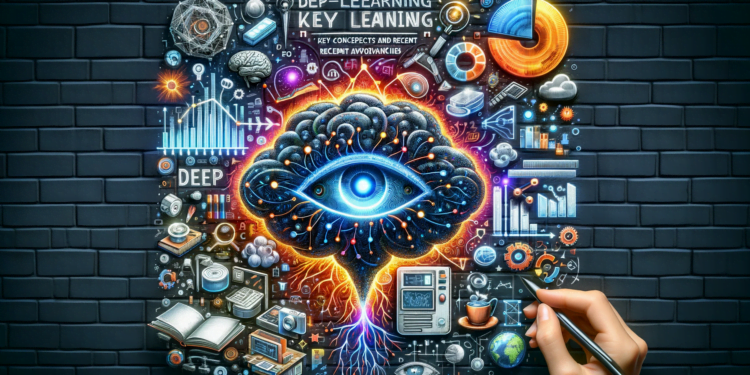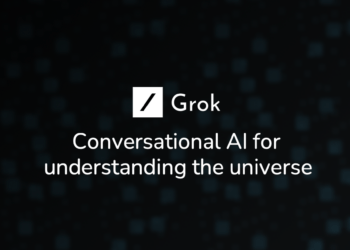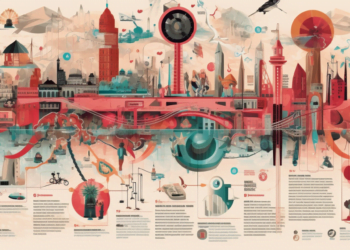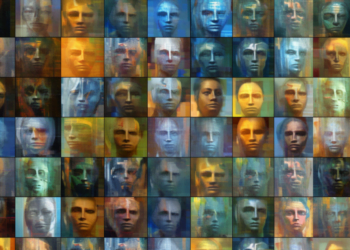The Deep Learning (DL) paradigm represents one of the most advanced spheres within the field of Artificial Intelligence (AI). This approach is based on artificial neural networks with multiple hidden layers, enabling the modeling of high-level abstractions in data through computational architectures that simulate brain function.
Algorithms and Activation Functions
Advancements in optimization algorithms, especially Stochastic Gradient Descent (SGD) and its variants like Adam and RMSprop, have been crucial for DL progress. These methods adjust the network’s weights to minimize the loss function, a measure of the error the network makes in its predictions. Recent technological innovations, such as the introduction of more efficient activation functions than the traditional Sigmoid or Tanh, like the Rectified Linear Unit (ReLU) and its variants (Leaky ReLU, PReLU, ELU), have helped mitigate the vanishing gradient problem, significantly accelerating the convergence of training.
Convolutional and Recurrent Networks
Convolutional Neural Networks (CNNs) have revitalized the analysis of images, video, and volumetric data. The idea of shared weights and the use of the convolution operation provide robustness against the localization and deformation of objects in images. Prominent examples include architectures like AlexNet, VGG, ResNet, and more recently, DenseNet and EfficientNet, which have driven progress in computer vision.
On the other hand, Recurrent Neural Networks (RNNs) and their variants such as Long Short-Term Memory (LSTM) and Gated Recurrent Unit (GRU), have shown exceptional capability in handling temporal sequences. These networks are mainly applied in natural language processing (NLP) and time series analysis.
Transformers and Attention Models
The transformer model, introduced in the paper “Attention is All You Need” by Vaswani et al., marked a milestone in NLP. Leveraging attention mechanisms, which weigh the relevance of different parts of the input data, transformers have outperformed RNNs and LSTMs in tasks like machine translation. With standout architectures like BERT and GPT-3, transformers have set the state of the art in understanding and generating natural language.
Generalization and Regularization
One of the challenges in DL is generalization: the model’s ability to perform well on data not seen during training. Recent research focuses on regularization techniques like Dropout, Batch Normalization, and Data Augmentation to combat overfitting. Optimization methods like Early Stopping and Ensemble Methods complement these practices by providing additional robustness.
AutoML and Generative Adversarial Networks
The emerging field of Automated Machine Learning (AutoML) seeks to automate the process of selecting and optimizing models, including neural network architectures. With AutoML, systems that not only learn from data but also refine their own learning processes are becoming a reality.
Generative Adversarial Networks (GANs) represent another research frontier where two neural networks—a generative and a discriminative—compete in a zero-sum game, allowing for the creation of hyper-realistic images, video, and audio. GANs have vast applications, from computer-aided design to drug synthesis.
Federated Learning and Ethical AI
Federated learning emerges as a solution to the growing concern for privacy and data security. In this scheme, multiple devices or servers collaborate in training a model by sharing only model updates, not the raw data, which allows for decentralized and private learning.
As DL continues to advance by leaps and bounds, the dialogue around ethical AI intensifies. It’s crucial that AI systems are transparent, fair, and accountable. Recent research in explainable AI and algorithm audits seeks to address these issues.
Case Studies
- Healthcare: CNNs are used to diagnose diseases from medical images with an accuracy sometimes exceeding that of human experts.
- Autonomous Vehicles: Combine CNNs for computer vision with RNNs and transformers to make decisions based on sequential and contextual data.
- Financial Services: GANs are used to simulate market scenarios and improve the robustness of predictive models.
The Future of Deep Learning
Looking to the future, DL is expected to integrate more mechanisms of abstract reasoning and cognition, bridging the gap with human intelligence. There is also anticipation for a greater focus on creating models that require fewer labeled data and are capable of learning more efficiently from sparse or incomplete examples.
In summary, DL has not only transformed the current technological landscape but also redefined what is possible. With growing computational power and large-scale data accumulation, we are witnessing the dawn of an era where machines not only “think” but also evolve alongside the complex challenges of the real world.






















